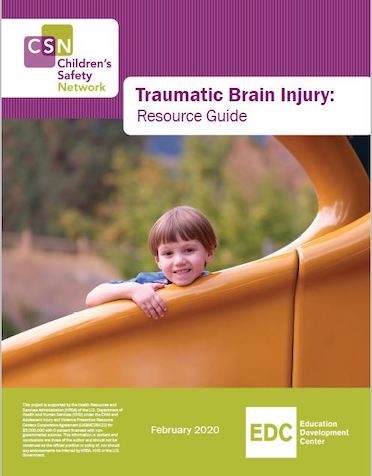
Traumatic brain injury (TBI), a condition caused by a bump, blow or jolt to the head which disrupts normal brain function, is a major cause of death and disability in the United States. Nearly 700,000 TBI-related emergency department visits, hospitalizations, and deaths occur annually in US children and adolescents ages 0-19 years. From 2006 to 2014, the number of TBI-related emergency department visits, hospitalizations, and deaths increased by 53%. The primary causes of TBI in children and youth includes falls, being struck by or against an object, motor vehicle-related crashes, and assaults. While most TBIs are mild (concussions), a TBI can also result in impairments related to thinking, memory, movement, sensation (e.g., vision or hearing), or emotional functioning (e.g., personality changes, depression).
TBI can be prevented in many cases. This guide divides selected resources on preventing TBI among children and adolescents into seven sections:
(1) National Organizations;
(2) Prevention Programs and Interventions;
(3) Children's Safety Network Webinars;
(4) Data Sources;
(5) Fact Sheets and Infographics;
(6) Policy and Legislation; and
(7) Research and Reports.
The list of resources included in this guide is not meant to be comprehensive nor are the listings intended as endorsements.